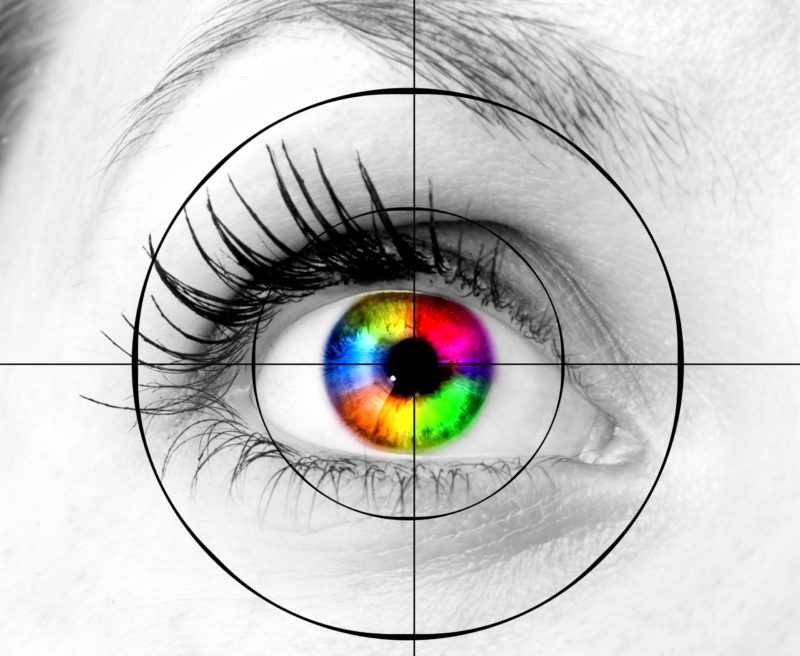May. 11, 2021

Informed buyers want to buy from informed brands.
The digital advertising revolution changed how brands approach marketing. The rise of Facebook and Google advertisements both popularized and specified this approach of marketing through content. For example, a user on social media is curating their personal brand that reflects their interests in culture (films, music, etc.), fashion and clothing style, home and lifestyle, and sometimes shares their political inclinations.
Together, these reflections of themselves are represented in their autobiographical posting through sharing selective consumer content. Their biographical archives consist of family, friends, colleagues, etc. who tag them or use personal anecdotes to contribute to the brand. Over time, personal branding is increased and specialized in concert with the marketing algorithms of services like Facebook that use data mining from the profiles. In order to support and profit itself as a social media entity, both Facebook and Google developed marketing services (and AdSense for the latter) that specifically generate advertising and revenue based upon the user’s content, searches, and digital profile to target them.
Colloquially, in the world of marketing, this became known as targeting eyeballs. Much like with billboards or loud, attention-seeking billboards draped over skyscrapers, the advertisements are designed to capture attention through space and marketing campaigns, aka their vision and eyeballs. The Internet had a limited range of digital expression in comparison to traditional marketing campaigns, but it had the edge for permutation. Traditional marketing campaigns had the advantage of professional, expensive, and sophisticated branding, but social media advertising could cater to their audience and provide custom branding experiences.
An example of this would be a young college student (biographical data available from self-identifying profile selection, keywords in updates, and/ or records of clicking on campaigns) who is frequently posting about their life on campus while making new friends and communicating with family are spatially distant. The student would likely start to see local advertising content (based on the algorithms) and perhaps campaigns for musicians whose pages they have liked touring near them, or other personalized content.
While the world reacted to the availability and ethics of free personalization of one’s digital identity at the cost of it happening on an advertising platform, many companies and consumers ended up moving away from personalization. While we are by nature consumers, we are all producers as well! Nearly every person who undergoes personalization will move towards personal commerce.
Personal commerce as branding is a type of self-actualization arising on digital platforms. It occurs when a consumer works in concert with brands to co-curate and reflect their preferences at any given moment. Together, consumers and affiliates co-curate a sophisticated personal brand where the products become symbols of self-representation associated with those of the brand. For instance, let’s say an imaginary musical act is known for its irreverent, punk nature. An artist might adopt and share its posts and sponsored acts. Together, the fan, the band, and its affiliates are all using collective imagery as a means of an image to generate personal commerce.
Once a consumer has developed social capital through such means, they are capable of moving through a fluid network of imagery of branding to continue seeking similar products. The consumer develops expectations of performance for the brand — after all, the consumer is associated with the brand or has a reasonable expectation of delivery. The role of a brand in this market is to meet existing needs and create new ones for its consumers. With increased intelligence via platforms for specialization, the brand must remain viable. In order to remain viable, the brand becomes tailored and attenuated to consumer needs.
What does this look like for modern companies? How does one remain viable and help a consumer remain engaged with the branding?
This is where social media platforms remain omnipresent in terms of present-day success in branding. A social media campaign and brand presence require the use of intimate platforms for feedback that help them with their product development just as they helped their consumers develop their own personal identity and brand. When a consumer follows or engages with a business channel, the brand can retain consumer loyalty through reciprocal interaction. A quick look at Twitter will show you this in action.
A person will follow a brand they like the same way they like or heart a group, business, or post on Facebook. They recognize the brand, want to follow for new products, or wish to issue a public complaint. How the brand responds to the comment or nature of the engagement is either an opportunity for developing consumer loyalty or losing business. Therefore, large businesses have long recognized the role of marketing and social media management and hire PR teams or individuals to run the accounts. A marketing team can easily quantify and centralize the data with data aggregation and other software.
It is relatively commonplace, as a result, to see major corporations on Twitter engaging in banter with their consumers and followers in a public forum. The sophisticated company will do this because their success is to a degree contingent upon such feedback and interaction with their brands. Much like poor reputation, sales and good reputation are still dependent upon word-of-mouth, even when this occurs in a stream of text vs. in-person representation. It’s important to consider digital pathways as public squares — what people say about an entity online matters.
Aside from putting out fires, the role of brands online is more than damage control and promotion online. Brands with access to profiling or even data based on engagements, commentary, and prior information with a consumer will improve their viability by using personal commerce. It is the knowledge about the individuals formulating the customer base that enhances the value of the brand. Since the digital consumer has worked in concert with the brand to co-curate their own identity and tastes, as well as those specific to the brand based upon the information shared with the company and their data selections, such as likes, clicks, comments, and other content.
In summary, personal commerce is both a byproduct of the digital sphere and its consumers as well as the producers. Advertising is no longer one way, in which the message is delivered to the public via a medium without interaction. Now, the public comments upon and engages with the delivery of the message on digital forums and this becomes part of the reception of a brand. A successful brand and company need only have a mutual, collaborative experience with this platform to succeed; informed buyers want to buy from informed brands!
Contact us for more information to achieve your ideal vision for your brand today.
Read More
Read More About
Book with us
Let’s accomplish what you are looking for, our team of experts are here for you.
Let's work togetherWarning: Working with our team may result in excessive creativity, uncontrollable 'aha' moments, and an addiction to perfect pixels. Please proceed with caution.



